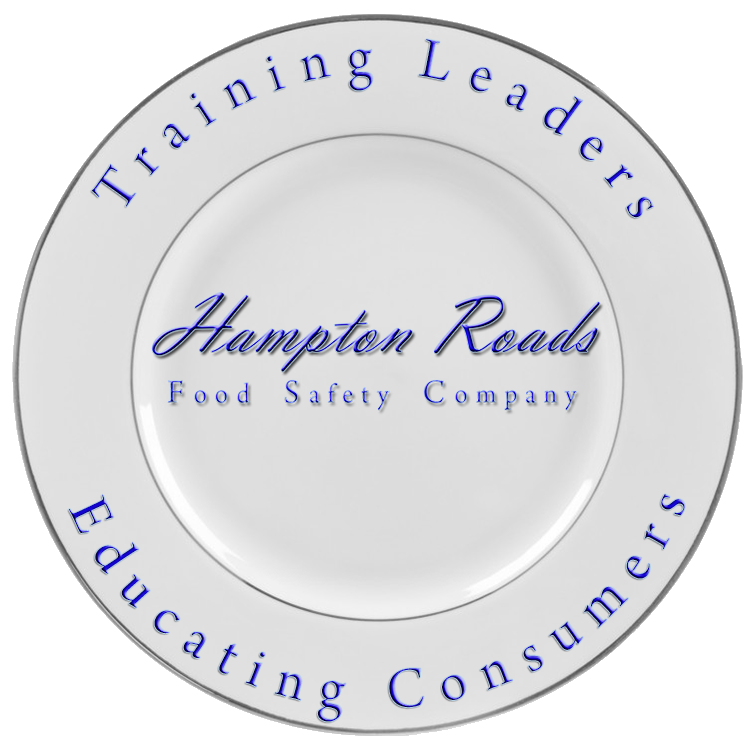Our holiday meal favorites are foods made from scratch! Here are guidelines for the safe handling of a few of the ingredients that go into your holiday dishes. Foodborne illness can strike anyone. But if you are preparing foods for people who are at a higher risk for illness—pregnant women, young children, older adults and people with weakened immune systems—it is critical to follow the basics of Clean, Separate, Cook and Chill.
Remember, always wash hands with warm water and soap for 20 seconds before and after handling food.
EGGS
To prevent illness from bacteria, keep eggs refrigerated. Cook eggs until yolks are firm and cook egg dishes to a safe temperature of 160 degrees F as measured with a food thermometer. Eggs and egg dishes, such as quiches or soufflés, may be refrigerated for serving later but should be thoroughly reheated to 165 degrees F before serving. Wash utensils, equipment and work surfaces with hot water and soap before and after they come in contact with eggs and egg-containing foods.
FRESH FRUITS AND VEGETABLES
Check to be sure fresh cut fruits and vegetables like packaged salads and precut melons are refrigerated at the store before buying. Do not buy fresh cut items that are not refrigerated. Rinse fresh fruits and vegetables under running tap water, including those with skins and rinds that are not eaten. Packaged fruits and vegetables labeled “ready-to-eat,” “washed,” or “triple washed,” need not be washed. Never use detergent or bleach to wash fresh fruits or vegetables. These products are not intended for consumption. Keep fresh fruits and vegetables separate from raw meat, poultry, seafood and eggs. Do not use the same cutting board without cleaning with hot water and soap before and after preparing fresh fruits and vegetables. Refrigerate all cut, peeled or cooked fresh fruits and vegetables within two hours.
SEAFOOD
It’s always best to cook seafood thoroughly to minimize the risk of foodborne illness. However, if you choose to eat raw fish anyway, one rule of thumb is to eat fish that has been previously frozen. Some species of fish can contain parasites, and freezing will kill any parasites that may be present. But, be aware that freezing doesn’t kill all harmful microorganisms. That’s why the safest route is to cook your seafood.
RAW DOUGH
Do you find it hard to resist gobbling up a piece of raw dough when making cookies, or letting your children scrape the bowl? Do your kids use raw dough to make ornament or homemade “play clay”? Do you eat at family restaurants that give kids raw dough to play with while you’re waiting for the food?
If your answer to any of those questions is yes, that could be a problem. Eating raw dough or batter—whether it’s for bread, cookies, pizza or tortillas, could make you, and your kids sick. Do not eat raw dough. According to Jenny Scott, a senior advisor in FDA’s Center for Food Safety and Applied Nutrition. There are websites devoted to “flour crafts,” don’t give your kids raw dough or baking mixes that contain flour to play with.
Why? Flour, regardless of the brand, can contain bacteria that cause disease. In 2016, the U.S. Food and Drug Administration (FDA), along with Centers for Disease Control and Prevention (CDC) and state and local officials, investigated an outbreak of infections that illustrated the dangers of eating raw dough. Dozens of people across the country were sickened by a strain of bacteria called Shiga toxin-producing E.coli O121. The investigation found that raw dough eaten or handled by some of the patients was made with flour tested by the FDA contained some of the bacteria that was making people sick. Ten million pounds of flour were recalled, including unbleached, all-purpose, and self-rising varieties.
Some of the recall flours had been sold to restaurants that allow children to play with dough made from the raw flour while waiting for their meals. CDC advises restaurants not to give customers raw dough.
WHY FLOUR?
People often understand the dangers of eating raw dough due to the presence of raw eggs and the associated risk with Salmonella. Flour is derived from a grain that comes directly from the field and typically is not treated to kill bacteria. And don’t make homemade cookie dough ice cream. If that is your favorite flavor, buy commercially made products. Manufacturers should use ingredients that include treated flour and pasteurized eggs.
Parents of you children should be particularly aware especially if your child is in day care or kindergarten. Even if they are not munching on the dough, they’re putting their hands in their mouth after handling the dough. Follow package directions for cooking products containing flour at proper temperatures and for specified times. Follow label directions to chill products containing raw dough promptly after purchase until baked. Wash hands, work surfaces, and utensils thoroughly after contact with flour and raw dough products. Keep raw foods separate from other foods while preparing them to prevent any contamination that may be present.

